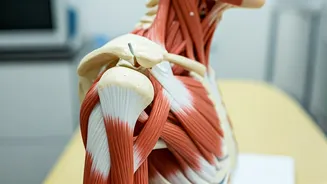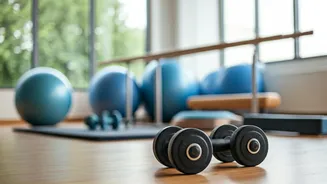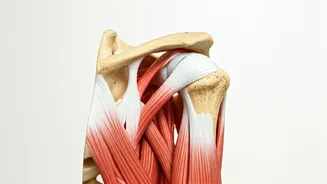Walking with Purpose
Walking is an excellent exercise for individuals with Parkinson's, but it's important to approach it with intention. Start by setting a specific goal,
such as walking for a certain distance or time each day. Maintain a good posture, keeping your head up and eyes looking forward. Swing your arms naturally as you walk, and take deliberate steps, focusing on lifting your feet. You can also incorporate changes in direction or speed to challenge your balance and coordination. Regular walking helps improve mobility, reduces stiffness, and enhances overall cardiovascular health. Furthermore, it boosts mood and reduces the risk of falls.
Stretching for Flexibility
Stretching exercises are crucial for maintaining flexibility and reducing muscle stiffness associated with Parkinson's. Begin with gentle stretches, such as reaching your arms overhead, stretching your neck from side to side, and rotating your shoulders. Hold each stretch for about 20–30 seconds, breathing deeply and slowly. Focus on stretching major muscle groups, including the arms, legs, and back. As you become more comfortable, you can incorporate more dynamic stretches, such as arm circles or leg swings. Consistent stretching helps to prevent contractures, improve range of motion, and promote relaxation. Remember to listen to your body and avoid overstretching, which can lead to injury.
Balance and Stability
Improving balance is paramount for individuals with Parkinson's to prevent falls and maintain independence. Practicing balance exercises can help enhance stability and coordination. Begin by standing near a stable surface, such as a counter or chair, for support. Practice shifting your weight from side to side, front to back, and in circles. As you improve, you can try more challenging exercises, such as standing on one leg or walking heel-to-toe. Consider incorporating exercises like Tai Chi or Yoga, known for enhancing balance. Regular balance practice will improve your confidence and ability to move safely. Remember to stay safe by always having support nearby, especially when trying new exercises.
Strength Training
Strength training plays a vital role in preserving muscle mass and improving overall strength. Start by using light weights, resistance bands, or even your own body weight for exercises. Perform exercises such as bicep curls, squats, and push-ups against a wall. It is essential to perform the exercises with proper form to avoid injuries. Focus on controlled movements, and gradually increase the resistance as you become stronger. Strength training helps to combat muscle weakness, reduce fatigue, and improve motor control. Aim for two to three sessions of strength training per week, with rest days in between to allow your muscles to recover. Working with a physical therapist can ensure the exercises are performed correctly.
Coordination Training
Coordination exercises can enhance motor skills and improve the ability to perform daily tasks. Try activities such as reaching for objects at different heights, drawing shapes in the air, or playing a game like beanbag toss. To enhance coordination, use both hands and feet to perform different movements simultaneously. As you progress, you can incorporate more complex exercises that challenge both motor and cognitive skills. Practicing coordination exercises can improve dexterity, reaction time, and overall functional ability. These activities keep your mind sharp and offer a fun, engaging way to maintain your abilities. Consistency and variety are key to seeing results, so try to mix up your routines and keep the challenges engaging.













